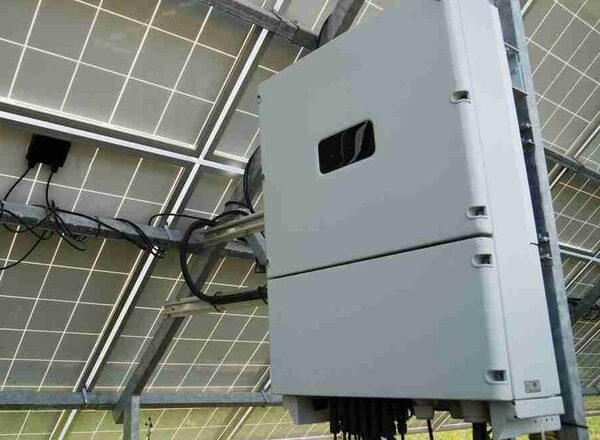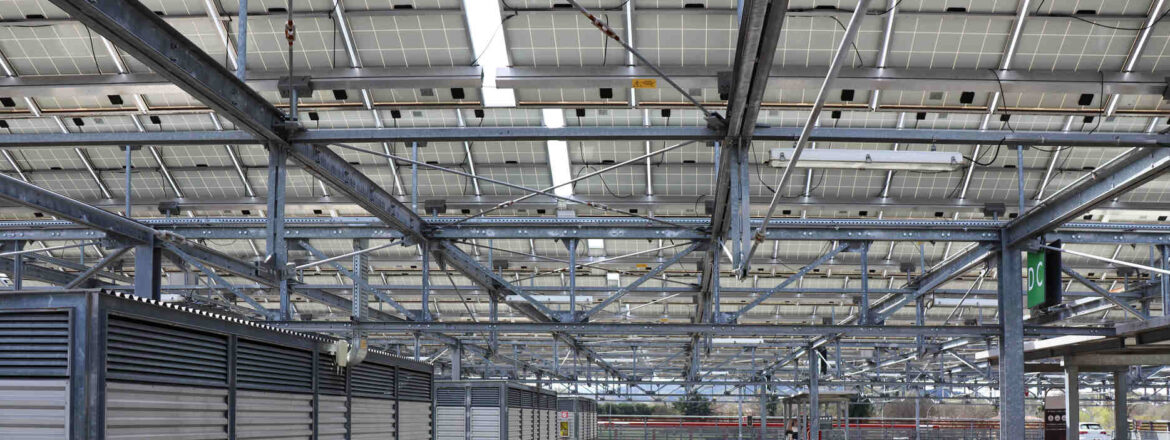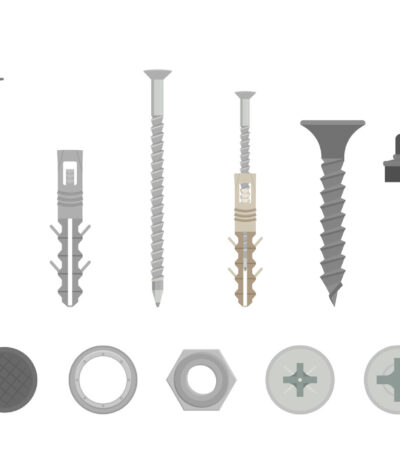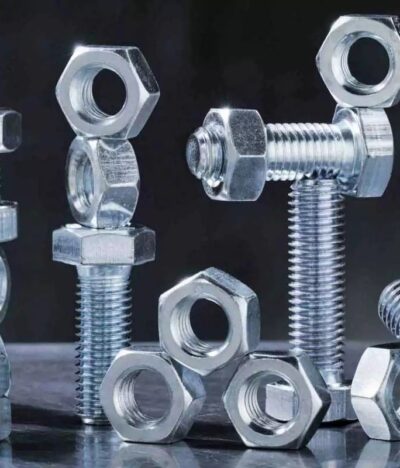How to Pair a Bifacial Module with a Tracker and a String Inverter?
This blog is about how to pair a Bifacial Module with a tracker and a string inverter. This blog will also cover the other important factors that need to be taken into consideration before selecting one type of tracker, including features, maintenance, and installation.
One of the most profitable emerging areas in solar power is Bifacial modules. The main purpose of this article is to guide people through different scenarios that may arise when you are pairing bifacial module with a tracker and string inverter.
Pairing a bifacial module with a tracker and a string inverter can help increase energy yield and improve overall system performance. Here are the steps to consider when pairing these components:
Evaluate the site conditions: Before choosing a bifacial module, tracker, and string inverter, it’s important to evaluate the site conditions. Factors like shading, terrain, and weather can impact the performance of the solar PV system. For example, if the site is prone to shading, a bifacial module may not be the best option, as it requires direct sunlight to generate electricity from both sides of the panel.
Choose a bifacial module: Bifacial modules have the ability to generate electricity from both the front and back sides of the panel, which can increase energy yield by up to 30%. When selecting a bifacial module, it’s important to consider factors like efficiency, power output, and durability. Some popular bifacial module brands include LG, Hanwha Q Cells, and Trina Solar.
- Select a tracker: A tracker is a device that follows the sun throughout the day, maximizing the amount of sunlight that hits the solar panels. For bifacial modules, a single-axis tracker is typically recommended, as it can increase energy yield by up to 25%. When choosing a tracker, factors like tracking accuracy, durability, and maintenance requirements should be considered. Some popular tracker brands include Nextracker, Array Technologies, and Gamechanger Solar.
- Choose a string inverter: A string inverter is a device that converts the DC power generated by the solar panels into AC power that can be used by the home or business. When selecting a string inverter, it’s important to consider factors like efficiency, power output, and compatibility with the bifacial module and tracker. Some popular string inverter brands include SMA, SolarEdge, and Fronius.
- Consider monitoring and control: To optimize the performance of the solar PV system, it’s important to have monitoring and control capabilities. This can include features like remote monitoring, real-time performance data, and predictive maintenance. Some popular monitoring and control systems include Solar-Log, Tigo Energy, and Enphase Enlighten.
- Bifacial modules are a great way to add solar power to your home. This type of module is made up of two different types of photovoltaic cells, which means it can use the sun’s energy in both directions.
- One of the most common ways to use bifacial modules is to connect them to a tracker and a string inverter. The tracker will keep track of when you need power, while the string inverter will send electrical energy from your solar panels into your home

To pair a bifacial module with a tracker and a string inverter, the following steps should be followed:
The first step in pairing these components together is hooking up the tracker and string inverter with each other. You do this by connecting their ground wires together with an electrical cable that has both ends connected to each component. Then, you connect all four wires together with another electrical cable that has both ends connected to each component. Finally, you connect one end of those two cables together with another cable with both ends connected to each component.
In a simpler way connect the red wire on the bifacial module to the red wire from the tracker, and then connect the black wire from the bifacial module to the black wire from the tracker.
Connect the red wire on the bifacial module to the red wire from the tracker, and then connect the black wire from the bifacial module to the black wire from the tracker.
Connect one end of your string inverter to one side of your solar panel, and then connect another end of your string inverter to another side of your solar panel. The two ends must be connected in series (in this case, they are connected in parallel).
That is, you need to connect one end of another electrical cable with one end connected to each component. This second cable should be connected between an output terminal on the tracker’s input terminal and an input terminal on tracker’s output terminal.
Attach your string inverter cable to an outdoor electrical outlet, and then use it as you would any other outdoor electrical outlet (i.e., install a plug into it).
By following these steps, you’re well on your way to maximizing your solar system’s efficiency. With a combination of bifacial modules, trackers, and string inverters, you can harness the power of the sun more effectively and generate more energy for your home or business. Remember to choose the right combination of components for your specific needs and to maintain them regularly to ensure optimal performance. With a little bit of effort, you will be saving money on energy bills and reducing your carbon footprint in no time.
In this blog post, we shared several tips and guidance to help you get the most out of your solar system.
You can now pair a bifacial module with a tracker and a string inverter to create a high-performance solar PV system.














